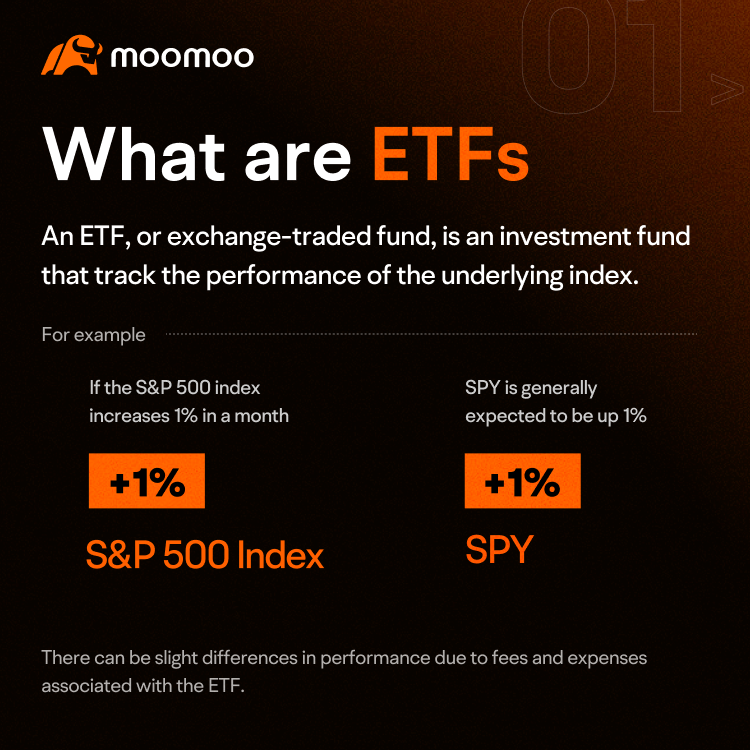NVDA
NVIDIA
-- 110.570 AVGO
Broadcom
-- 179.450 TSLA
Tesla
-- 263.450 PLTR
Palantir
-- 80.460 MRVL
Marvell Technology
-- 72.280 
Images provided are not current and any security is shown for illustrative purposes only and is not a recommendation.
Images provided are not current and any security is shown for illustrative purposes only and is not a recommendation.



103143732 : Well explained , especially including the erosion caused by volatility!![undefined [undefined]](https://static.moomoo.com/nnq/emoji/static/image/default/default-black.png?imageMogr2/thumbnail/36x36)
1038116155 : Nyi nyi htwe
1038116155 : y324412
Thanmalar :


105633815 : I hello afternoon
105633815 1038116155 : hello
105633815 : sorry for avreting